Regulatory developments in the banking and NBFC space could be an important read on RBI’s reaction to the recent issues
Even as the Reserve Bank of India’s monetary policy committee (MPC) meets to debate the impact of rising crude prices and depreciating rupee, among other global and domestic factors on the inflation trajectory, the broader discussion needs to focus on macro stability.
We pencil in 25 bps of rate hike in the October policy on the back of a likely upward revision in inflation estimates for 4QFY19 and 1QFY20, along with the possibility of changing the neutral stance to more hawkish.
While the role of the RBI and the MPC is clearly demarcated, it will be hard for the MPC to ignore the liquidity conditions, and the recent debt market turmoil. Regulatory developments in the banking and NBFC space could be an important read on RBI’s reaction to the recent issues.
The macro backdrop
Since the August meeting,
1. crude oil prices have increased by $12/bbl
2. the rupee has depreciated by around 6.5 percent
3. inflation prints for July and August have been 4.2 percent and 3.7 percent respectively.
Inflation will undershoot the RBI’s 2QFY19 estimate of 4.6 percent by around 50 bps.
The MPC will also have to factor in the first advance estimate of the kharif crop which is higher than FY18 production levels implying that food price pressures in the near term may not be too significant.
Given the structural issues with the widening current account deficit, a slower consumption growth is essential with the burden resting equally on the monetary as well as the fiscal policies.
The RBI will likely revise its inflation trajectory higher to factor in the crude and rupee related implications which will set the stage for another rate hike. We favour a 25 bps rate hike in the upcoming policy.
Given the mandate of inflation targeting, it is difficult to justify a defence of the rupee without a commensurate impact on the inflation outlook. Further, the interest rate defence, historically, has had a debatable effect in defending the currency.
Recent complications
The liquidity situation in FY19 was always envisaged to be tight with additional pressure coming through forex reserves depletion. While that should have bode well for the RBI with restrictive financial conditions keeping interest rates on the higher side, the recent debt market turmoil necessitated that the RBI loosened the liquidity conditions (OMO calendar for October and LCR maintenance relaxation). Even then it is unlikely to cover up for the deficit completely.
The liquidity squeeze in the NBFC funding space could warrant a slowdown/consolidation in NBFCs which could impact the overall consumption in the economy too. In such scenario, the seemingly conflicting decisions of higher policy rates and relative easing of liquidity may seem to be at loggerheads.
However, it is essential to remember that overall liquidity still remains in the deficit mode and in consonance with a tighter financial conditions stance. One should look at the regulatory policies for any changes in reaction to the liquidity and debt market issues.
The need for a macro adjustment
India needs higher savings—not just through higher flows to financial assets but through
1. lower financial liabilities of households (lower household leverage), and 2. greater fiscal rectitude from both central and state governments (fiscal consolidation and more judicious expenditure).
A combination of tighter financial conditions and improvement in the government’s fiscal position is essential to rein in consumption/demand growth at a sustainable level.
Structurally, this should be positive for the external balance and the rupee. As of now, the INR has mostly adjusted to the more than three years of overvaluation.




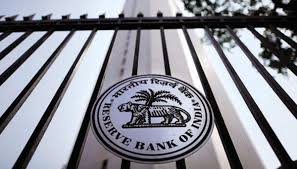

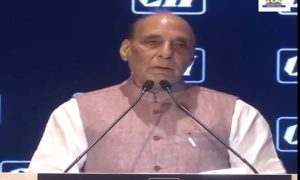

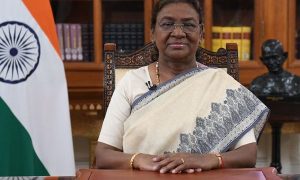

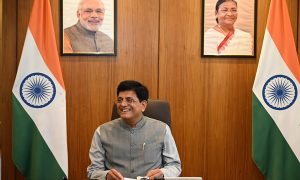



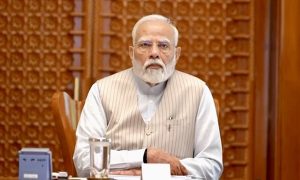

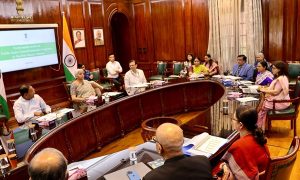

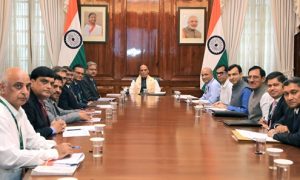





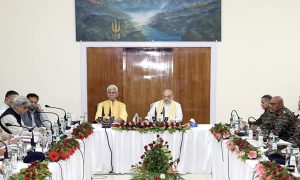

 WhatsApp us
WhatsApp us